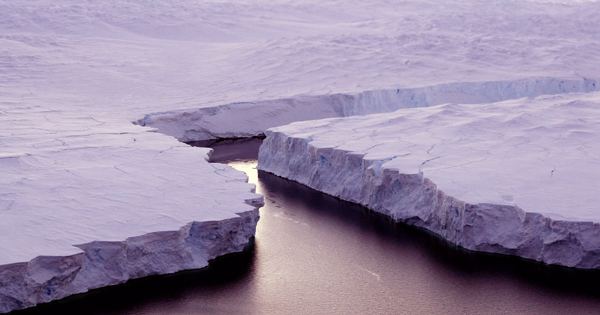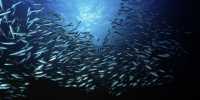The Arctic Ocean usually shrunk with the help of sea ice off the Siberian coast. But this year, the water is still open. The sea was so much warmer now than before that the pattern of ice growth in the autumn was completely disrupted. I have seen the transformation of the region as an Arctic climate scientist and as director of the National Snow and Ice Data Center since the 1970s. I can tell you, this is not normal.
Let’s look back to summer and the Arctic Ocean to understand what’s happening to sea ice this year and why it’s a problem.
Siberia’s 100-degree summer: The entire last article was the hottest since last summer, at least since 1979, when satellite measurements began providing data for full coverage of the article.
The Arctic summer melting season had begun. In June, a heatwave in Siberia pushed air temperatures to 100 degrees Fahrenheit for the first time in Verkhoyansk, Russia, and unusual heat spread over several weeks in most parts of the Arctic.
With that heat large areas of ocean ice melt quickly, and in that melt begin a reaction process: the loss of reflected sea ice exposes the dark open ocean, which easily absorbs the sun’s heat, melting more ice. The North Sea Route along the Russian coast was largely ice-free in mid-July. This may be a dream for the interest of shipping but it is bad news for the rest of the planet.
Warmth sneaks in underwater: Hot water currents from the Atlantic Ocean flow to the Arctic in the Barents Sea. These warmer, saline Atlantic waters are usually quite deep beneath the more
blunt Arctic waters at the surface. Lately, the waters of the Atlantic have been rising. That warmth of the Atlantic waters helps to create the sea ice that exists from below and protects the ice from melting.
The warm summer is only part of the explanation for this year’s unusual sea ice levels.
This is a process called “Atlantification”. The ice is now being hit both by warmer environments and by a warmer ocean below. This is a double truth. We are still trying to capture all the processes leading to Atlantification, it is here and it is likely to get stronger.
Climate change’s assault on sea ice: The amount and thickness of Arctic sea ice have been declining for decades as global temperatures have risen. This year, when the ice reached its lowest point in September, it was the second-lowest on record, just behind 2012. Against this background is global climate change.
One of the goals of its voyage was to test how the nuclear-powered ship handled the dense ice, but hopefully, most of the ice was in a loose pack instead of 3 meters of ice. It was thicker than 1 meter offering little resistance. On the Atlantic side of the Arctic, open water this year extended within 5 degrees of the North Pole. The new Russian icebreaker Arnica, on its first trip, found it easy to walk all the way to the North Pole.
It can affect the Arctic ecosystem across ocean circulation, weather patterns, and food chains, from phytoplankton to top predators. As the Arctic loses ice and the oceans absorb more solar radiation, global warming widens.
The upper layer of the Arctic Ocean will lose the extra heat it receives during the summer, again this year to create sea ice.
This puts pressure on the overall thinning of ice as global temperatures rise. If these atmospheric patterns had caused this year’s large ice loss in Siberia, the impact would have been much less, as by then the ice was stronger and could take a punch. It now Can’t do. The pattern of regional inconsistencies in the amount of ice varies from year to year, reflecting effects such as regional patterns of temperature and wind.
Is sea ice headed for a tipping point? : Research still suggests that we reduce the amount of ice and the weather system more easily disrupts the ice because we will keep moving because it is thinner and weaker than before. The erosion of the Arctic sea ice cover shows no sign of stopping. Although there will probably not be a clear tipping point for sea ice.
The bigger picture: The world average temperature since January was at or near the record high. The West has been both hot and dries – the perfect recipe for a huge wildfire – and the warm waters of the Gulf of Mexico have helped ignite more tropical storms in the Atlantic than letters of the alphabet. If you are ignoring climate change and hoping that it will just go away, now is the right time to pay attention. This year’s events in the Arctic are just one part of the 2020 climate change story.















